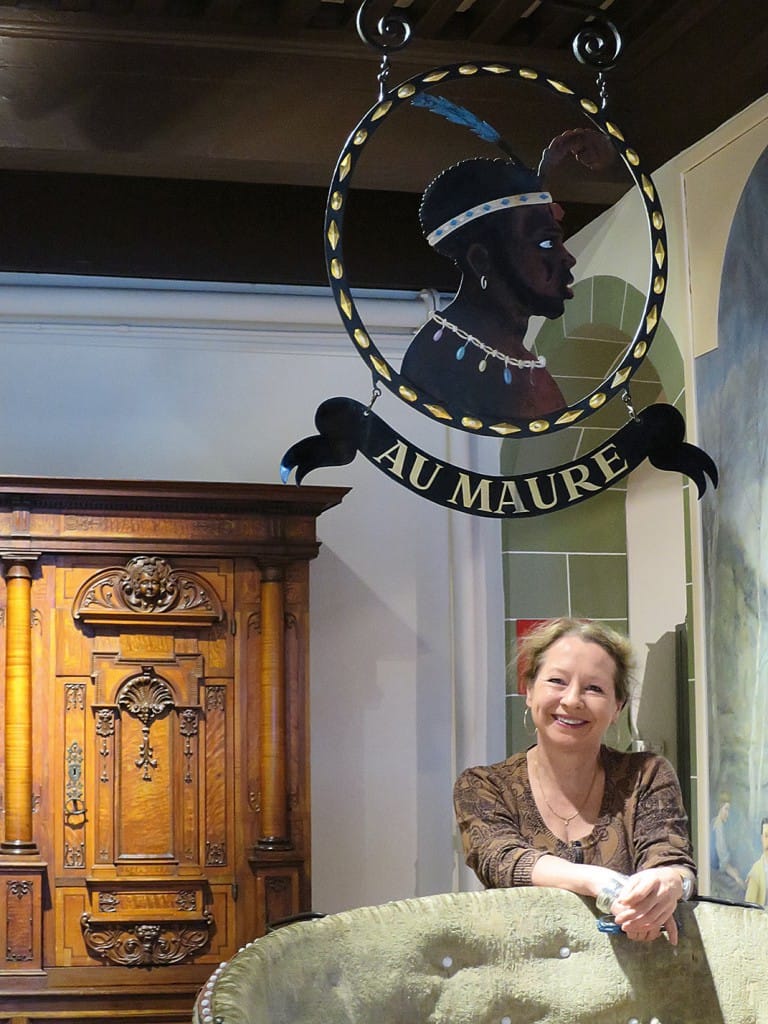Cast a quick glance over the objects around you. That chair you’re sitting on, the cup from which you’re drinking your tea, the painting on your wall, the bunch of keys you use every day… every single one of these objects is a reflection of your lifestyle.
They belong to an era, a history. The history of Vevey and its inhabitants is told through a collection of some 10,000 objects, paintings and engravings, along with 6,000 photographs of the town and its surroundings.
Presented through a varied exhibition which alternates regional themes and original collections, the permanent exhibition explores documents and iconographical evidence, Vaudois and Swiss furniture, beautiful examples of crafts, antique weapons, manuscripts and engravings, from the Celtic era right up to the 1970s. This also includes a wonderful collection of paintings by Swiss provincial masters.
Amongst the museum’s musts is a remarkable collection, unique in Switzerland, of antique keys, locks and boxes that provide a good overview of this highly particular craft. The museum also offers a more artistic note with the amazing work of local Vevey painter Dumoulin (1753-1834) depicting the Anglo-French wars in the West Indies during the American War of Independence.
Vevey Historical Museum
Le Château, 2, rue du Château
CH-1800 Vevey – 021 925 51 64
www.museehistoriquevevey.ch
We asked Françoise Lambert, curator, to answer four questions:
What is the aim of the museum?
Our mission is very clear. It is primarily to conserve Vevey’s heritage. We work in conjunction with the archive department, which is responsible for looking after the records. Here, we take care of images and objects. The museum has a great iconographical collection which includes old photographs, engravings and paintings. There are also objects with links to the town. Some date back to around 300/400 BC. Our more recent objects go back to the 1970s, and are mainly photographs that provide evidence of important changes to the city landscape.
How is the permanent exhibition arranged?
There is no chronological order to the exhibition. The museum collections have been formed over time, notably using donations from local Vevey citizens, with the result that we tend to rather present objects thematically.
You organise events targeting very young people. Why is it important to attract this kind of audience?
History museums are generally frequented by older people, relatively speaking. Through the work accomplished by someone at the museum who works on mediation for young audiences, we try to get children to come to the museum and develop a taste for and enjoyment in history.
The museum will celebrate its 120th anniversary in 2017. What challenges do you see confronting you in the future?
The biggest challenge is to continue existing alongside big museums like the Chaplin Museum or the Nestlé Centre. This presupposes that you have something exceptional to offer. But I continue to think that there is a specific audience that will appreciate special places like this one.
DON’T MISS
Le goût des belles choses (A taste for beautiful things), an archaeological collection belonging to David Doret (1821-1904)
From May 13th 2015 to February 28th 2016, the Vevey Historical Museum will pay tribute to a rich archaeological collection established at the end of 19th century by stonemason, David Doret. Italiot vases, Etruscan bronzes, Roman statuettes, fragments of frescoes and architecture, as well as Egyptian amulets: this rarely exhibited collection bequeathed to the museum more than 100 years ago includes more than 200 antique objects. It highlights David Doret’s taste for the beauty of shapes and the diversity of materials.

